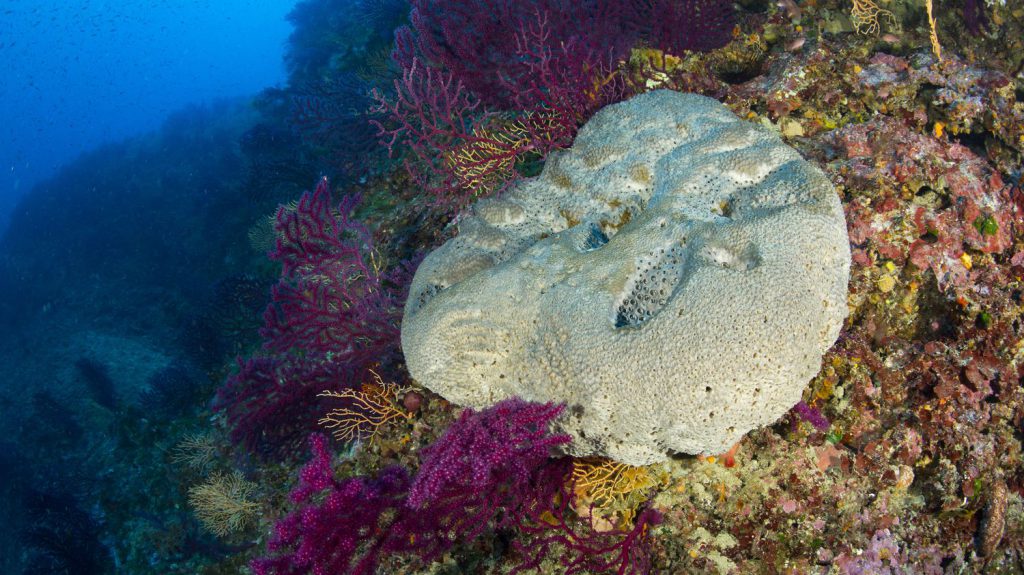Scientists have observed the earliest known animal life on Earth, fossilized structures found in northwestern Canada that lived in oceans up to 890 million years earlier. Experts acknowledge that the disclosures similarly challenge the since a surprisingly long time back held idea that animals didn’t arise on Earth until later a critical implantation of oxygen into the atmosphere and oceans.
Sponges are direct animals with an old history. Genetic verification aggregated from modern sponges has shown they presumably emerged between 1 billion and 500 million years earlier. Regardless, as of not very far in the past there has been no confirmation of fossilized sponge bodies from this period, known as the early Neoproterozoic time. Elizabeth Turner, a teacher at Canada’s Laurentian University’s Harquail School of Earth Sciences, looked for verification of sponges in 890-million-year-old reefs that were worked by a sort of bacteria that saved calcium carbonate. She noticed associations of little chamber framed structures containing jewels of the mineral calcite – – proposing they were contemporaneous to the reef – – that eagerly appear as though the strong skeleton found inside some modern sponges.
Also Read: Why Occurrence Of Solar Storms Has Declined In Last 10 Years?
Expecting her structures Turner recognized breeze up being checked as sponge samples, they will outdate the ebb and flow most prepared known sponge fossils by 350 million years. Though the repercussions of her possible exposure, published in the journal Nature, Turner said she was not going crazy. “The animals that emerged first evolutionarily were probably sponge-like. This additionally isn’t is normal, taking into account that sponges are the most key animal in the tree of animal life,” she said. “The material’s nature is unmistakable from the bodies of much more young body fossils of sponges,” Turner said. She said the potential sponges were around one centimeter across, and “would have been close to nothing and unpretentious, living in shadowy little concealing spots under the upper surfaces of the reefs” If the structures truly wind up being insisted as sponge models, that infers they would have lived around 90 million years before Earth’s oxygen levels showed up at levels thought to be essential to help animal life.
Turner said that at whatever point avowed to be sponges, she acknowledged that they lived before the Neoproterozoic oxygenation event, during which oxygen levels extended, in this way inciting the improvement of animal life. “Expecting that I am correct in my interpretation of the material, the earliest animals displayed before that event and may have been permissive toward also low oxygen levels, similar with modern conditions,” she said. “It is possible that the earliest animals were liberal toward low oxygen, some modern sponges are, yet that more confounded animal sorts that require a higher oxygen level didn’t appear until later the Neoproterozoic oxygenation event,” Turner added.
